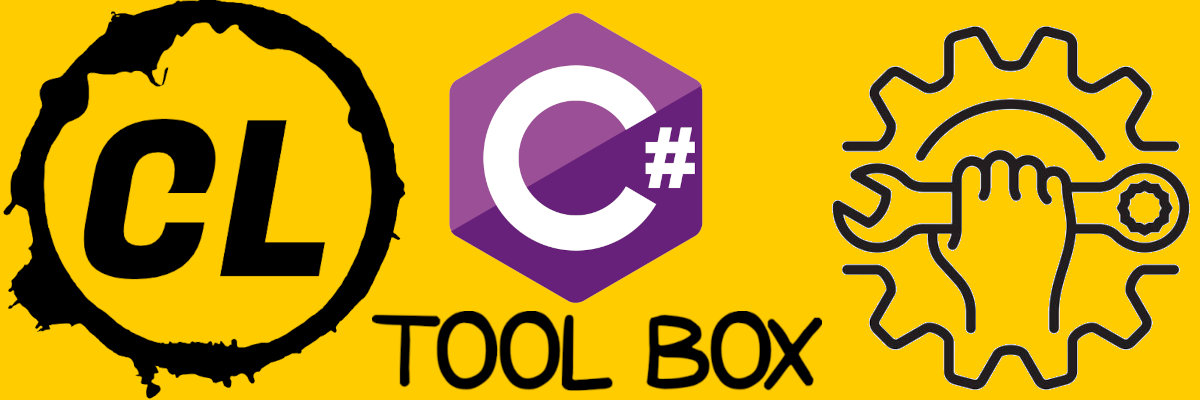Introduction:
C# generics empower developers to craft adaptable and reusable code, offering a solution to create classes, interfaces, and methods with placeholders for types. This feature enhances code readability, reusability, and type safety. In this blog post, we’ll delve into the world of C# generics, exploring their fundamentals and showcasing their effectiveness through a real-life scenario involving Entity Framework.
Understanding C# Generics:
C# generics enable developers to create components with placeholders for types that are later replaced with specific types, enhancing flexibility and reusability. Consider the following generic class as an example:
public class GenericList<T>
{
private List<T> items = new List<T>();
public void AddItem(T item)
{
items.Add(item);
}
public T GetItem(int index)
{
return items[index];
}
}This example illustrates a generic class GenericList<T> capable of working with items of any type, offering adaptability to various data types.
Real-Life Scenario: Leveraging C# Generics with Entity Framework
Imagine a scenario where you are developing a data repository using Entity Framework for different entities such as Customers, Products, and Orders. Employing C# generics along with Entity Framework allows you to create a single, flexible repository to manage data for various entities.
public class Repository<T> where T : class
{
private DbContext dbContext;
public Repository(DbContext dbContext)
{
this.dbContext = dbContext;
}
public void AddItem(T item)
{
dbContext.Set<T>().Add(item);
dbContext.SaveChanges();
}
public T GetItem(int id)
{
return dbContext.Set<T>().Find(id);
}
// Additional repository methods can be added as needed
}In this revised example, the Repository<T> class uses Entity Framework to interact with the database. The DbContext parameter is injected into the repository, ensuring that it works seamlessly with the underlying database.
Utilizing this repository with different entities is straightforward:
var dbContext = new YourDbContext(); // Replace with your actual DbContext
Repository<Customer> customerRepository = new Repository<Customer>(dbContext);
customerRepository.AddItem(new Customer("John Doe"));
Customer customer = customerRepository.GetItem(1);
Repository<Product> productRepository = new Repository<Product>(dbContext);
productRepository.AddItem(new Product("Laptop", 999.99));
Product product = productRepository.GetItem(1);
Repository<Order> orderRepository = new Repository<Order>(dbContext);
orderRepository.AddItem(new Order(1, DateTime.Now));
Order order = orderRepository.GetItem(1);Benefits of C# Generics with Entity Framework:
- Unified Repository: C# generics and Entity Framework allow you to create a single repository that can handle various entities, promoting code consistency and reducing redundancy.
- Database Interaction: By integrating Entity Framework, the repository seamlessly interacts with the underlying database, providing a robust data access layer.
- Type Safety and Readability: C# generics ensure type safety, while the code readability is enhanced by eliminating the need for repetitive database interaction code for different entities.
Conclusion:
C# generics, when combined with Entity Framework, offer a powerful solution for crafting flexible and reusable data repositories. The real-life scenario presented showcases how this combination simplifies code structure, promotes maintainability, and ensures efficient database interactions. By leveraging these technologies, developers can create adaptable and efficient software solutions.

